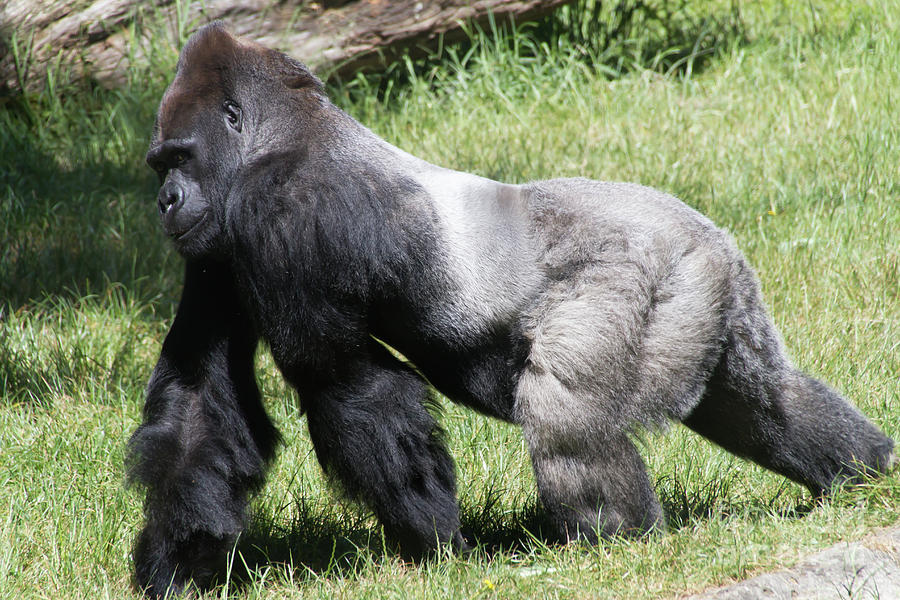

Kambera, Shalia, and Amari were born at other AZA-accredited zoos.Īnd you may see the occasional human. is the only male offspring of the legendary late Willie B. (born April 8, 1998) and adult females Kambera (born February 19, 1999) Shalia (born February 9, 2002) and Amari (born October 8, 2010). This troop includes adult silverback Willie B., Jr.

While their space may look as if it is part of the same habitat, these two habitats are distinct from one another and are separated by a moat. Jr.’s troop, in the far back left of this view. You may also occasionally see members of a neighboring troop, Willie B.

All of the gorillas in this troop were born at Zoo Atlanta. Their offspring are Kudzoo’s daughters Merry Leigh (born May 9, 2011) and Mijadala (born September 18, 2016) Sukari’s daughter Anaka (born August 30, 2013) and Lulu’s daughter and son Andi (born March 14, 2013) and Floyd (born July 24, 2019). The gorilla troop you see on the cam is Taz’s troop, led by adult silverback Taz (born July 20, 1989) adult females Kudzoo (born February 8, 1994) Sukari (born May 12, 1998) Lulu (born August 22, 1989) and their offspring. He takes this role seriously and will intervene appropriately when necessary. As the troop’s leader, Taz also assumes the role of peacemaker. These are most likely to occur among the adult females and are short-lived, much like a quick spat you might have with a friend or family member.

If you visit this page and can’t see the cam, please check back later. They may not always be in view of the camera, which is stationary. Like wild gorillas, Taz’s group uses various aspects of this large habitat throughout the day. During the day, there are times when the gorillas may not be visible on the cam. EST, when they begin moving into their behind-the-scenes area for the night. Gorillas may be visible in this habitat from roughly 9 a.m. This habitat is home to Taz’s troop, the large family group of gorillas at Zoo Atlanta. This cam view shows one of the gorilla habitats at Zoo Atlanta’s Ford African Rain Forest, which is home to four social groups of gorillas living in separate habitats. Explore this page to learn more about what you can expect, what you might see, and who you might see during the day. We’re pleased to introduce wildlife watchers around the world to Gorilla Cam, a unique opportunity to observe the natural behaviors and daily movements of one of the troops of western lowland gorillas at Zoo Atlanta.


 0 kommentar(er)
0 kommentar(er)
